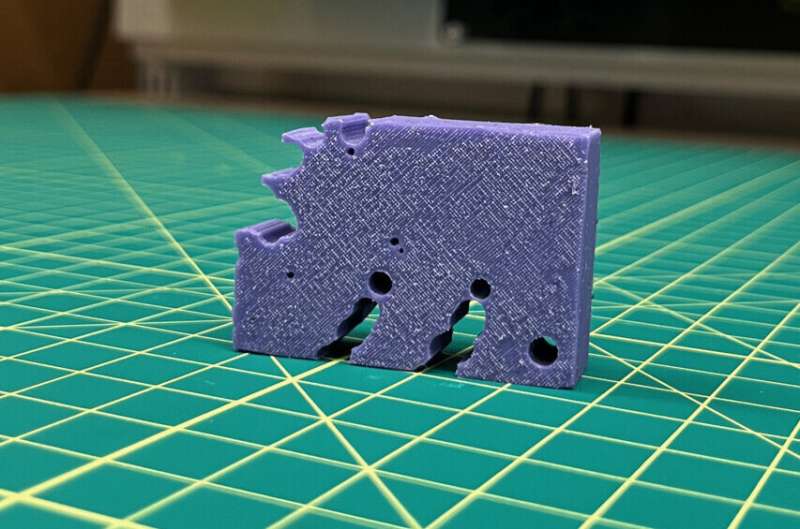And that’s how it all started: AI managed to design a robot that walks — from scratch, and in less than 60 seconds
This is the first algorithm that can design robots that actually work in the real world

Scientists have condensed billions of years of evolution into a flash with an AI that has created a miniature walking robot from scratch.
We’ve come a long way from the dawn of robotics way back in the early 1950s, with scientists endeavoring to build on this discipline in the decades since. While there have been many successes, including much of the automation we see in factories today, there’s also plenty that researchers are trying to iron out.
Likewise, we’ve seen plenty of examples of robots that can walk and navigate their terrain from the likes of Boston Dynamics, but it’s taken years to get to this point.
Tapping into AI-driven ‘instant evolution’
Now, an AI system devised by a team at Northwestern University has intelligently designed a walking robot in just 26 seconds, with the findings set to be published soon in Proceedings of the National Academy of Sciences.
The AI program can design new systems and structures from scratch, and runs not on a data center, but on a normal PC.
This is unlike many similar AI systems that rely on huge amounts of power. Researchers then tested the AI-powered algorithm they created by giving it the prompt to design a robot that could walk across a flat surface.
"We discovered a very fast AI-driven design algorithm that bypasses the traffic jams of evolution, without falling back on the bias of human designers," said project leader Sam Kriegman, according to TechXplore.
Sign up to the TechRadar Pro newsletter to get all the top news, opinion, features and guidance your business needs to succeed!
"We told the AI that we wanted a robot that could walk across land. Then we simply pressed a button and presto – it generated a blueprint for a robot in the blink of an eye that looks nothing like any animal that has ever walked the earth. I call this process 'instant evolution.'"
The computer began with a block about the size of a bar of soap, and the AI ran through several iterations to assess the design, identify flaws, and physically carve the structure to perfect the design.
After nine attempts, the robot it designed could walk at a pace equivalent to the human stride – but, of course, scaled-down relative to its own size.
More from TechRadar Pro

Keumars Afifi-Sabet is the Technology Editor for Live Science. He has written for a variety of publications including ITPro, The Week Digital and ComputerActive. He has worked as a technology journalist for more than five years, having previously held the role of features editor with ITPro. In his previous role, he oversaw the commissioning and publishing of long form in areas including AI, cyber security, cloud computing and digital transformation.